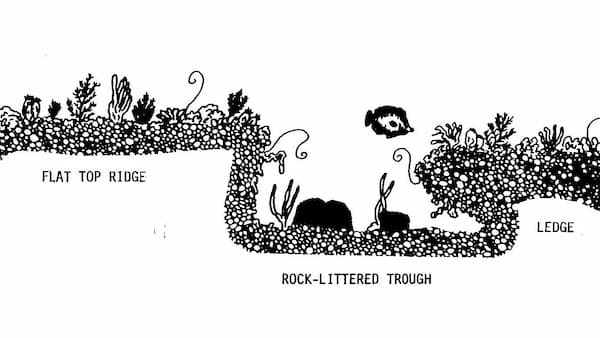Sanctuary History
Gray's Reef was designated as a national marine sanctuary on January 16, 1981 by President Jimmy Carter, but the history of the reef—once known as the "Sapelo Live Bottom"—dates back to pre-Columbian North America. The Sanctuary was named in recognition of Milton "Sam" Gray, who discovered the area in modern times.
1953
1953
- University of Georgia opens its Marine Institute on Sapelo Island. The institute's curator and biological collector named Milton "Sam" Gray begins extensive surveys of the ocean floor off the coast of Sapelo Island.1961

1961
- Milton "Sam" Gray finds a spectacular nearshore, hard-bottom reef 19 nautical miles (31 kilometers) east of Sapelo Island and known by locals as "Sapelo Live Bottom."1970
1974
- Jesse Hunt, a geology graduate student at the Sapelo Marine Institute, proposes a new name to the hard-bottom site, "Gray's Reef", to recognize Sam's valuable contribution to understanding offshore marine life.June 1978
- The Georgia Department of Natural Resources submits a nomination to the Secretary of Commerce, recommending that Gray's Reef be designated as a national marine sanctuary.1980
January 16th, 1981
- President Jimmy Carter, approves the designation of Gray's Reef National Marine Sanctuary, the fourth in the National Marine Sanctuary System.
1983
- Gray's Reef management plan is completed. The plan focuses on:- Protecting the quality of this unique and fragile ecological community;
- Promoting scientific understanding of this live-bottom ecosystem; and
- Enhancing public awareness and wise use of this significant regional resource.
1990
1997
- NOAA deploys an ocean data buoy to monitor winds, waves, and weather at Gray's Reef.1999:


